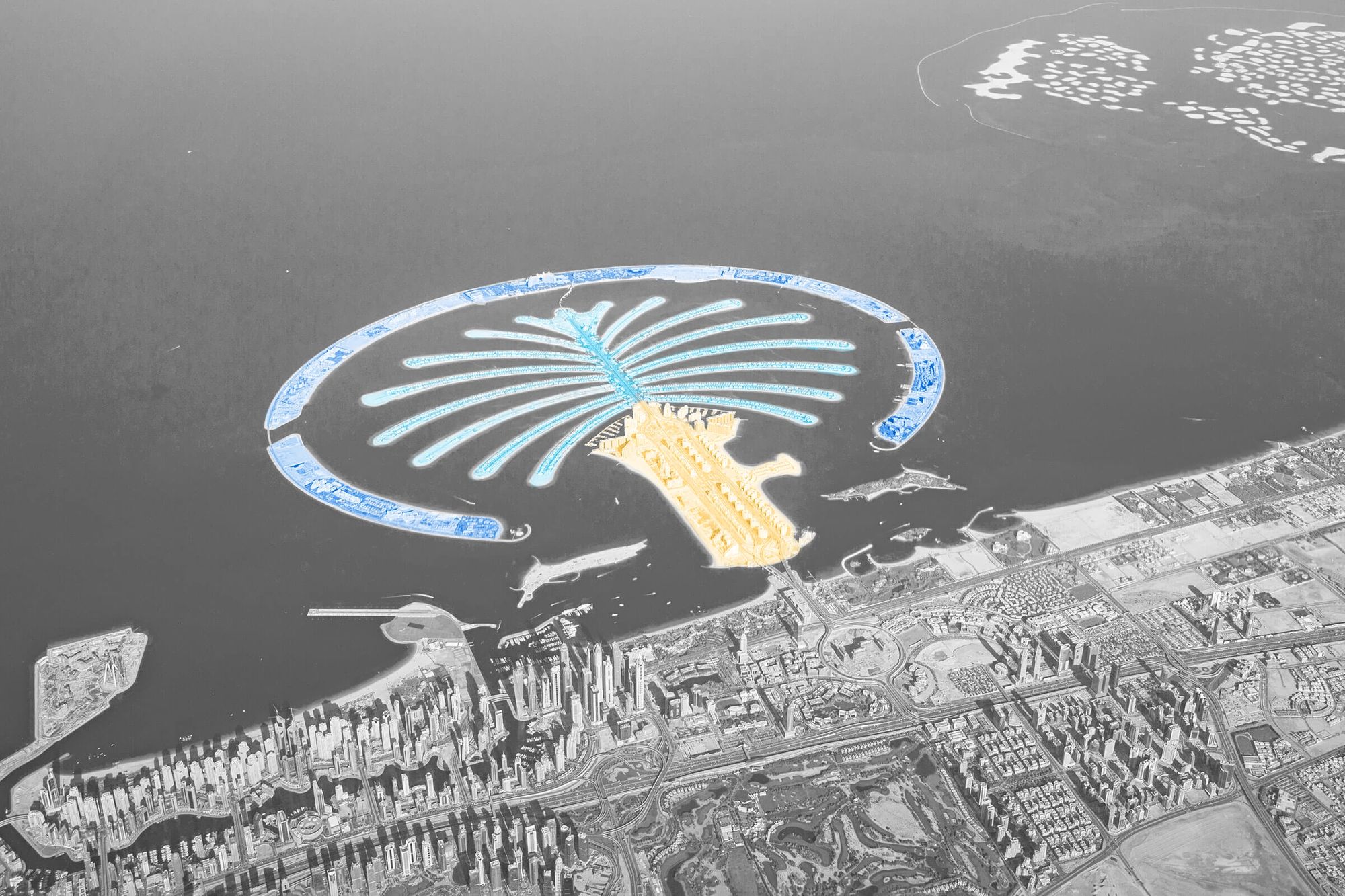

The ancient pyramids, Eiffel Tower, and the Panama Canal are just a few testaments to human ingenuity throughout the ages. As building technology has advanced, engineers have been able to create ever more impressive structures. Buildings grow taller, bridges stretch longer, and tunnels dig deeper. Indeed, some of the newest marvels seem to defy the laws of physics and nature. From one of the world’s tallest bridges to the tide barriers protecting Venice, here are eight amazing engineering feats from around the globe that you might not know about.
Three Gorges Dam (Yichang, China)

Three Gorges Dam in China’s Hubei Province gives the Hoover Dam a run for its money. When completed in 2006, the Three Gorges Dam was the largest dam in the world, measuring more than a mile in length and 607 feet above ground at its highest point. It also remains the world’s largest hydroelectric facility, with the capacity to generate 100 billion kilowatt-hours of electricity per year. The reservoir created by the dam is so large that ocean freighters can carry cargo inland from Shanghai. The dam took almost 100 years from initial conception to completion, but is now an incredible feat of engineering.
Millau Viaduct (France)

Many consider the Millau Viaduct, the brainchild of English architect Norman Foster, to be a work of art. One of the world’s tallest bridges, reaching 1,125 feet tall, it is located in the Massif-Central region in southern France. The steel bridge traverses the River Tarn valley and helps to alleviate heavy tourist traffic between France and neighboring Spain. When crossing the bridge, it is not unusual to look out of one’s car window at the clouds below. The Millau Viaduct is also the world’s longest cable-stayed bridge, extending 8,071 feet.
Venice Tide Barrier (Venice, Italy)

Flooding has long been a problem in the Italian city of Venice. In recent decades, the problem has worsened, and the rising waters have threatened to destroy centuries of history. Engineers hope that the solution lies in MOSE, the Italian acronym for the Venice Tide Barrier. The concrete island (which some say resembles a James Bond villain’s lair) and huge yellow floodgates faced several decades of funding and construction issues, before finally opening in 2002. It proved its worth in 2020, when extreme high tides were held at bay. Since then, the barriers have been closed more than 30 times, helping to prevent disaster.
Great Man-Made River (Libya)

Several major engineering feats of the last century have involved supplying freshwater to desert regions. The Libyan government refers to their Great Man-Made River as “the Eighth Wonder of the World,” and they have reason to be proud. The “river” is actually one of the world’s largest irrigation projects — work began in 1983 and is still ongoing. The project consists of a huge network of 1,752 miles of pipelines and 1,300 wells to pump water from deep beneath the Sahara Desert to cities along the coast of Libya. In addition to providing drinking water, it has made agriculture possible in vast areas of previously arid land.
Bailong Elevator (Zhangjiajie, China)

The Bailong Elevator makes enjoying the spectacular scenery of China’s Zhangjiajie National Forest Park much easier. What was once an arduous hike to the top of the mountains to see the impressive gorges and waterfalls has been replaced by the world’s highest outdoor elevator. However, a ride in one of the double-story glass-and-steel cars is not for the faint-hearted, as it ascends 1,082 feet in about 90 seconds. Still, thousands of visitors each day take the Bailong Elevator (also nicknamed the Hundred Dragon Elevator) to witness the region’s natural wonders. The construction was controversial, given that the area is a UNESCO World Heritage Site, but proponents argued that it would help to prevent further erosion of delicate mountain trails.
Itaipu Dam (Brazil and Paraguay)

Containing enough concrete to build five Hoover Dams, the Itaipu Dam stands at the border of Brazil and Paraguay. The project took a decade to complete and required moving 50 million tons of rock to shift the course of the Paraná River. It is one of the largest hydroelectric plants in the world. The dam contains 20 generators that can produce 14 gigawatts — enough to provide electricity to about three-quarters of all Paraguayan households, plus parts of southern and central Brazil.
Palm Islands (Dubai, United Arab Emirates)

In addition to having the world’s tallest skyscraper, the Burj Khalifa, Dubai has made headlines with a giant human-made archipelago shaped like a palm tree. There are plans for three islands, but, as of 2022, only Palm Jumeirah is complete. The island — which took six years and $12 billion to build — is also the only island which will be open to the public. It features apartments, hotels, and resorts, all linked to the mainland by a monorail. To create each island, more than 53 million pounds of sand have been dredged from the Persian Gulf.
Kansai Airport (Osaka, Japan)

As Japan’s second-largest city grew, its previous old airport could not handle the daily influx of flights and had no room to expand. A new airport was built on an artificial island in Osaka Bay, connected to the mainland via a six-mile bridge. Kansai International Airport opened in 1994 and can receive up to 100,000 passengers a day. While the design could withstand earthquakes and tsunamis, it could not handle another unforeseen problem: The island began to sink into the muddy layer at the floor of the sea. A complex series of sensors and hydraulic jacks have resolved the issue (for now), but the solution made the airport one of the most expensive civil engineering works in history, costing upwards of $20 billion USD.
